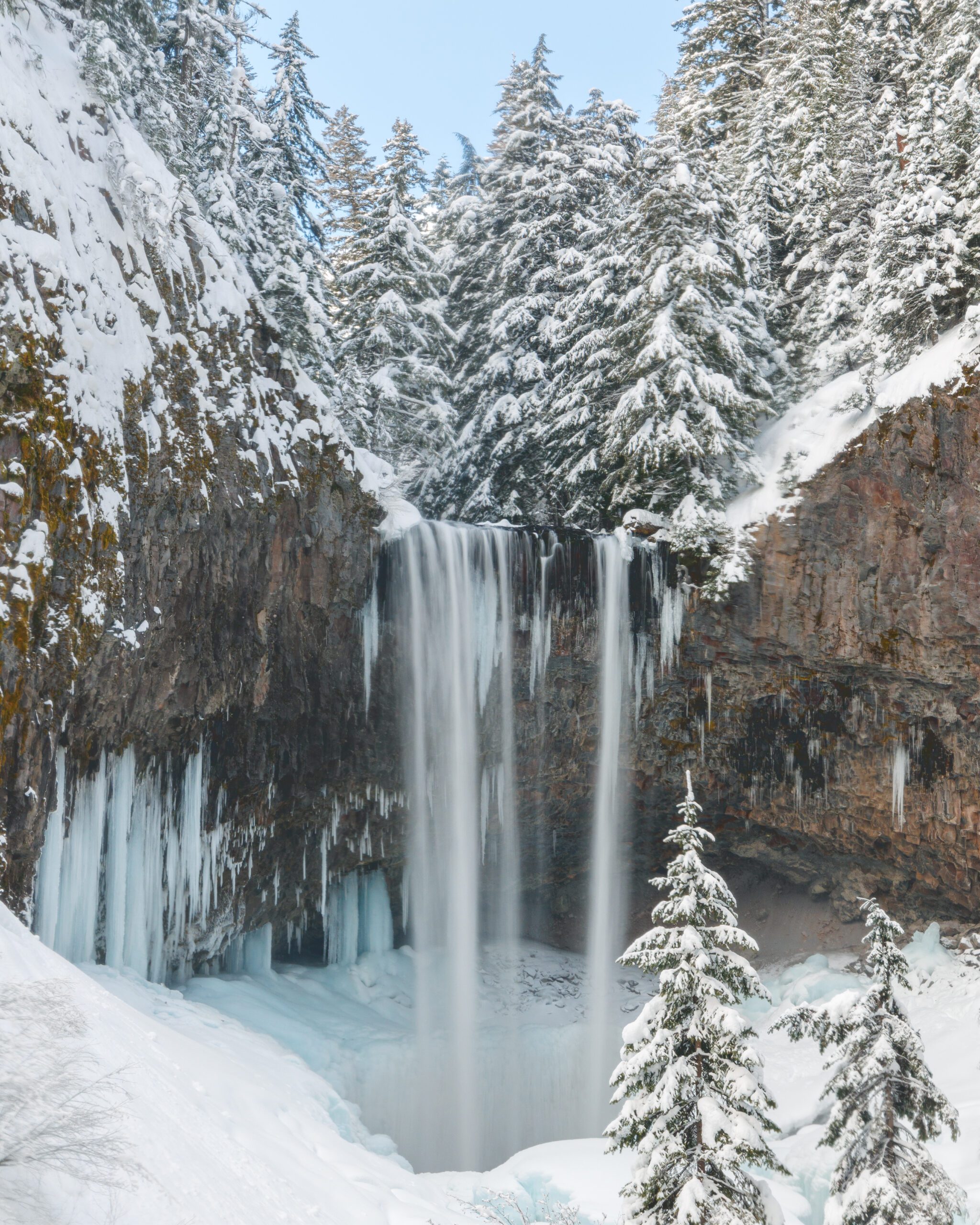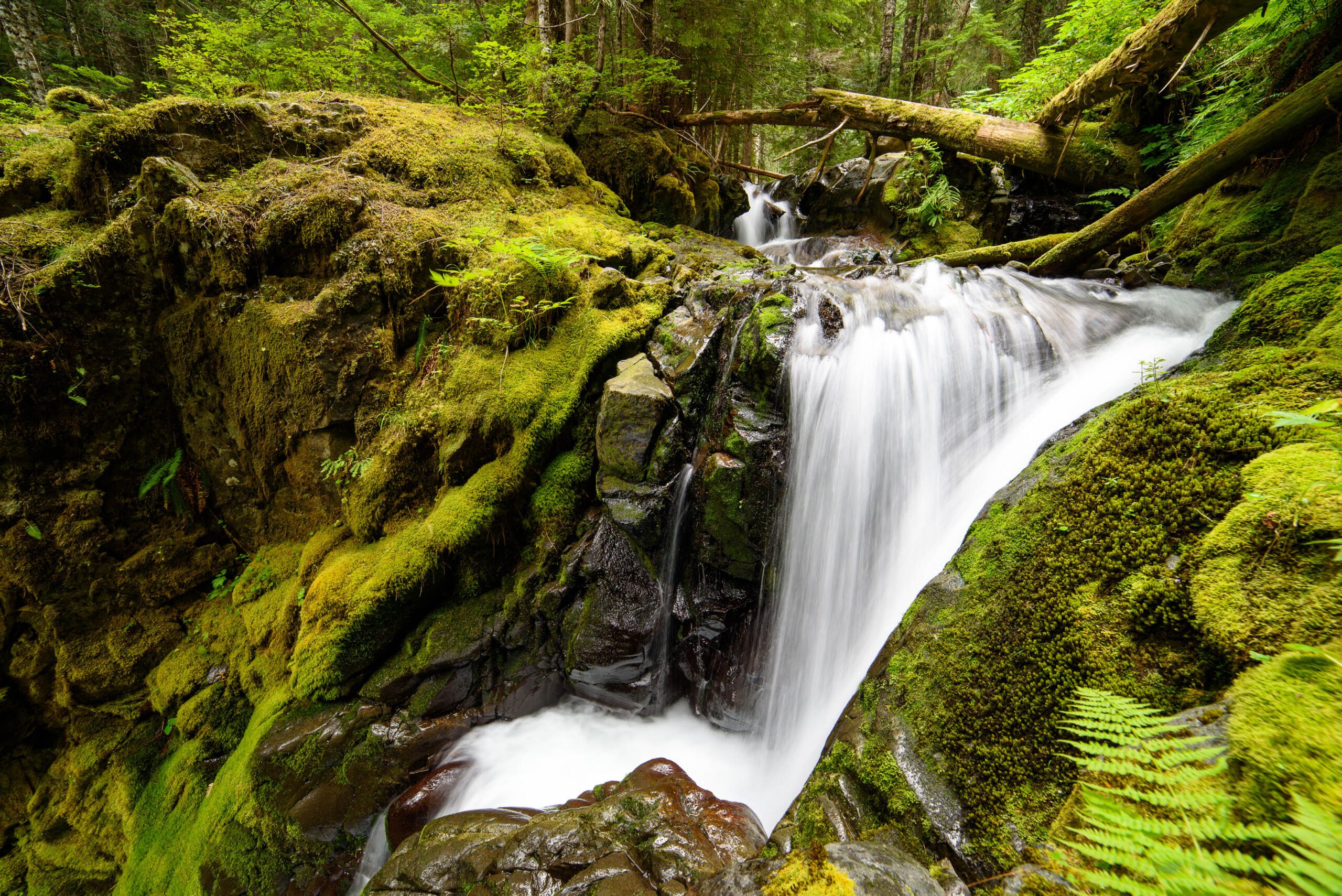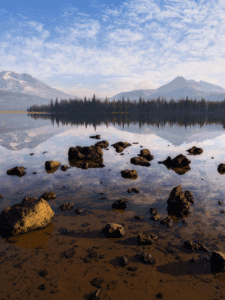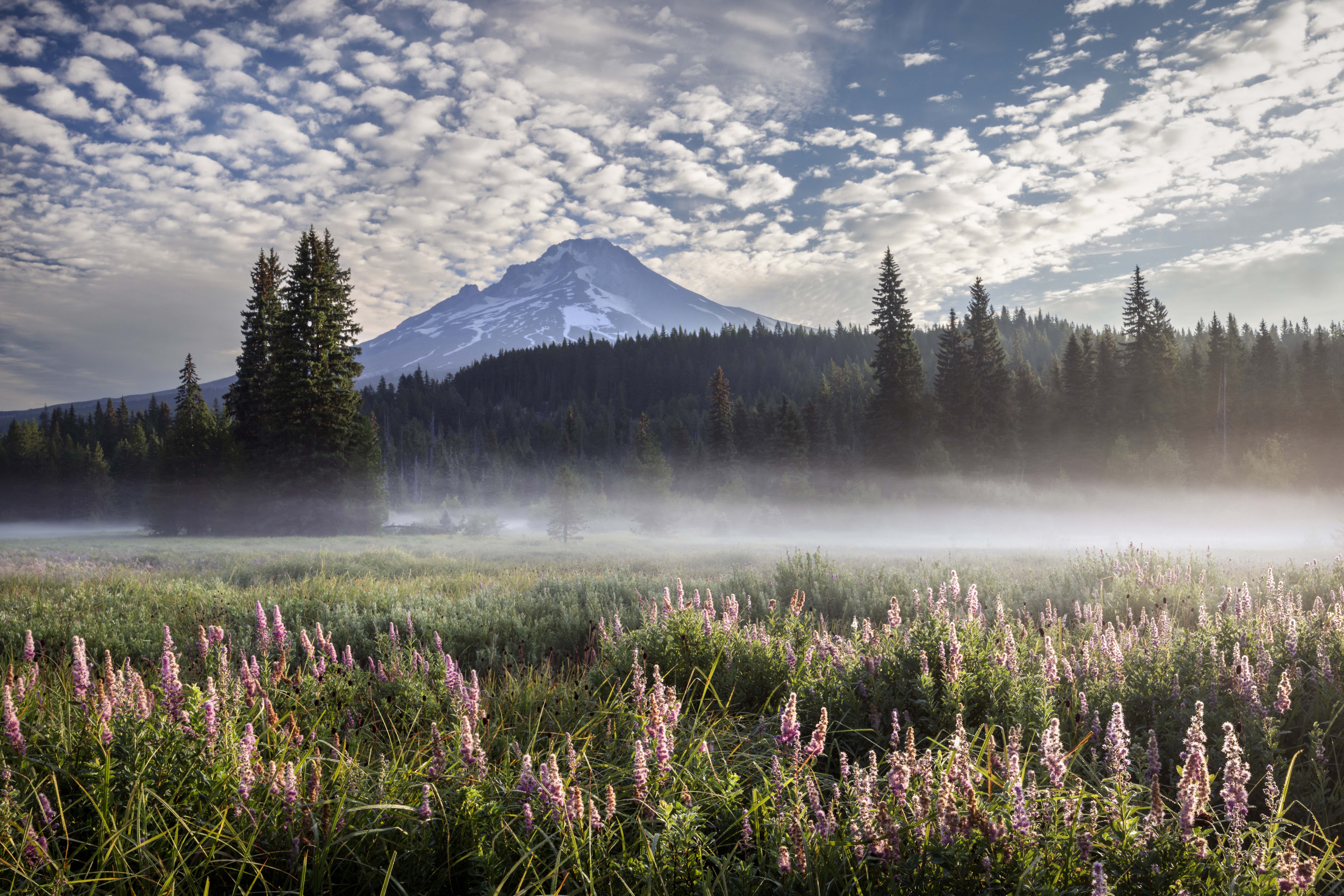Mount Hood
The management plan for the forest is stuck in the past. Climate change, increasing visitors, and pressure from Washington DC to aggressively log the forest mean we need a plan for the 21st century to protect the best of Mount Hood.
Oregon Wild is working with gateway communities, businesses, recreation interests, and beyond to develop a comprehensive plan to safeguard the Mount Hood region. Key to this plan is advocating for congressional legislation that would designate new Wilderness areas, Wild & Scenic Rivers, and National Recreation Areas around the mountain.
-
Why does Mount Hood need protection?
Some areas around Mount Hood are already protected, but there is unfinished business to safeguard this iconic place for future generations. The current plan for managing the forests around Mount Hood is over 30 years old and written when old-growth logging was a priority. We need a modern day plan that prioritizes clean water, recreation, and wildlife habitat.
Aggressive commercial logging sales continue to be pushed on the Mount Hood National Forest that would degrade the landscape, threaten endangered species, and increase fire risk. Recent logging sales have targeted popular areas like Vista Ridge, Tamanawas Falls, and Mount Defiance.
Bills in Congress have been introduced that specifically threatened Mount Hood and the Columbia River Gorge, including one proposal that would clearcut areas of the Columbia Gorge National Scenic Area and another that would weaken protections for recreation areas around the mountain and make previously protected areas open to logging. Industry lobbyists are urging a repeal of protections for the Bull Run Watershed, eliminating safeguards for Portland’s drinking water.
-
Why are Wilderness protections important for Mount Hood?
Increased Wilderness designations would safeguard the drinking water supply for the city of Sandy, Oregon as well as the community of Rhododendron. It would also preserve key wildlife habitat near Boulder Lake and Salmon River.
These undeveloped landscapes are important sources of clean drinking water and recreational opportunities for people, but they’re also necessary for wildlife to thrive. As climate change shifts our weather patterns it will create habitat challenges for wildlife. If protected, these Wilderness reserves will help support resiliency and much needed habitat corridors as key species adapt and migrate in a changing climate.
-
What current threats exist to areas around Mount Hood?
There are currently 178,000 acres on the Mount Hood National Forest that qualify for Wilderness protections. This includes natural treasures like Boulder Lake, Still Creek, the Salmon River, and Tamanawas Falls – all deserving of increased safeguards.
Logging Planned for the Tamanawas Falls Area
The proposed “Polallie Cooper” logging project will clear cut forests in the proposed Tamanawas Falls Wilderness area on the east slope of Mount Hood. Logging would take place just north of the popular hiking trail. The overall plan is a mixture of restorative thinning of previously logged tree plantations and controversial logging. This project includes “gap” cutting. “Gap” is the fancy new term for clear cuts. There might be a few trees left but it will look a lot like a clear cut, in this project they will be up to five acres in size!The project has been split into two parts, both including controversial components. The Tamanawas Falls logging is proposed to move forward first. Other detailed background information on the project from the USFS can be found here.
Proposed logging in the upper Sandy River watershed
This area was proposed for logging several years ago, but was canceled due to concerns over the impact it would have on water quality. However, Trump’s Forest Service brought back a zombie version of this proposal. Logging would be right up to the edge of the Mount Hood Wilderness. Expanded Wilderness boundary protections would help prevent this type of logging for this round as well as in future rounds of bad ideas. The new name for the logging plan is “Zigzag”. This planned logging would also target the forests on the west side of Trillium Lake – a popular recreation destination year round.Logging Mount Defiance
The Forest Service project called “Waucoma” aims to clear cut significant mature forests on the southeast side of Mount Defiance in an area that could and should be protected as Wilderness and/or as a National Recreation Area. In some areas only 15% of the trees would be left behind, functionally creating clear cuts. The most concerning parts of this project are the steep slopes, riparian areas, mature/oldgrowth, and wilderness quality lands. There are other parts of the project that are more appropriate for thinning given past management and logging that has already occurred in those areas. -
What other changes are needed around Mount Hood?
In addition to protecting wildlands around Mount Hood, there is important work to be done managing people and access so that everyone can enjoy their public lands. Legislation that provides additional conservation measures and Wilderness around Mount Hood should also consider transportation planning and equitable recreation access, co-management of tribally-important lands with the Confederated Tribes of Warm Springs and other tribes, and commitments to reforming safety and transportation around the mountain.


Key Staff
- Erik FernandezWilderness Program Coordinator



